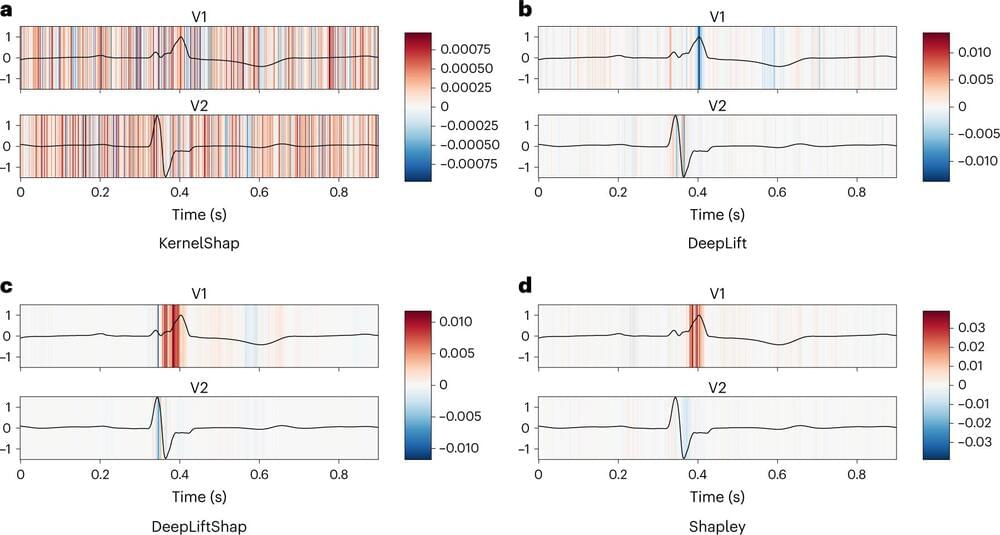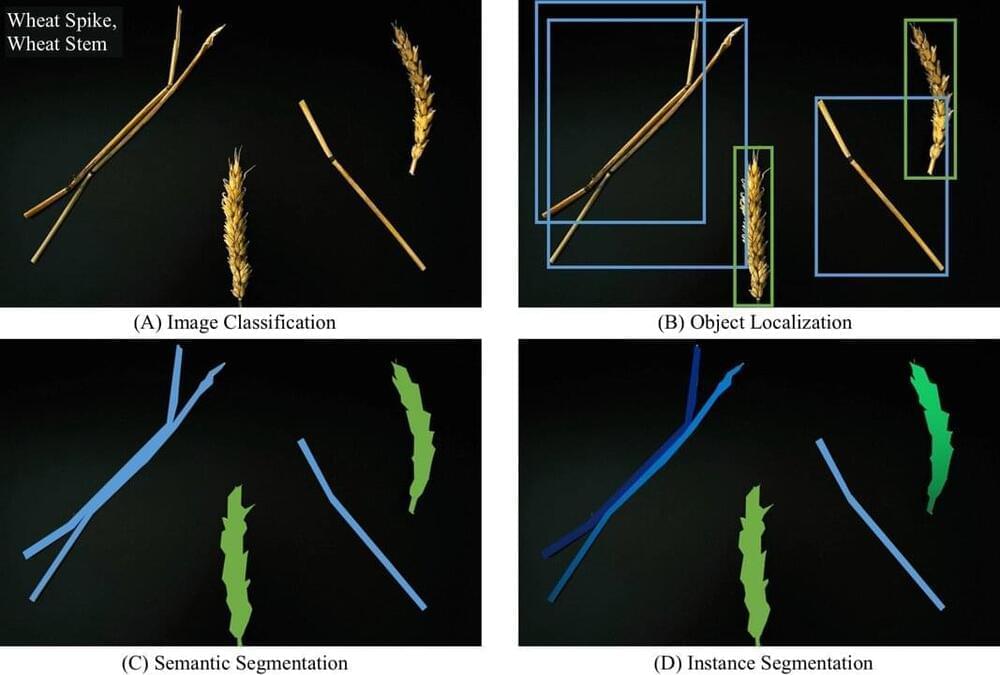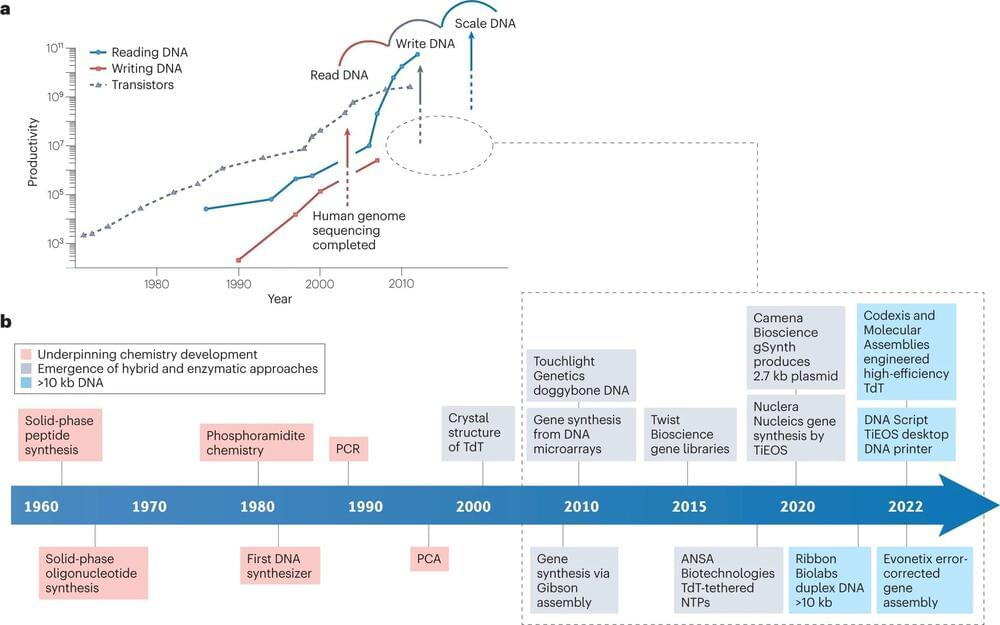Mar 25, 2023
Shining a light into the ‘black box’ of AI
Posted by Dan Breeden in categories: biotech/medical, economics, finance, health, information science, robotics/AI
Researchers from the University of Geneva (UNIGE), the Geneva University Hospitals (HUG), and the National University of Singapore (NUS) have developed a novel method for evaluating the interpretability of artificial intelligence (AI) technologies, opening the door to greater transparency and trust in AI-driven diagnostic and predictive tools. The innovative approach sheds light on the opaque workings of so-called “black box” AI algorithms, helping users understand what influences the results produced by AI and whether the results can be trusted.
This is especially important in situations that have significant impacts on the health and lives of people, such as using AI in medical applications. The research carries particular relevance in the context of the forthcoming European Union Artificial Intelligence Act which aims to regulate the development and use of AI within the EU. The findings have recently been published in the journal Nature Machine Intelligence.
Time series data—representing the evolution of information over time—is everywhere: for example in medicine, when recording heart activity with an electrocardiogram (ECG); in the study of earthquakes; tracking weather patterns; or in economics to monitor financial markets. This data can be modeled by AI technologies to build diagnostic or predictive tools.


















